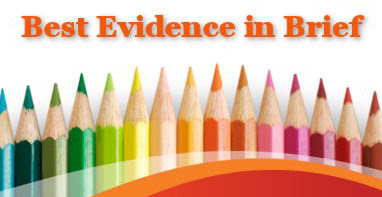Differences in achievement levels among subgroups of students are referred to as “excellence gaps,” which primarily concern the highest-performing students. While certain students may struggle to attain the minimum expected levels of academic achievement, there are others who are already performing at levels beyond their current grade before the beginning of the school year.
Excellence gaps are connected to equitable school systems. Often students from disadvantaged socio-economic backgrounds have less access to advanced learning opportunities than their peers. A recent systematic review included qualitative and quantitative studies to determine what kind of research has been conducted on strategies to reduce excellence gaps in K-12.
The review included 80 studies categorized by strategy, such as school accountability system support, teacher professional learning, and universal screening with local norms. The review highlighted the role of each strategy in reducing excellence gaps. Overall, results suggested considering four key points:
Prepare, Place, Evaluate, and Adjust – students should be assessed for advanced learning programs before enrollment and during implementation, participating in the appropriate advanced programs, regularly evaluated through formative assessments, and have placements modified as necessary to optimize learning outcomes.

